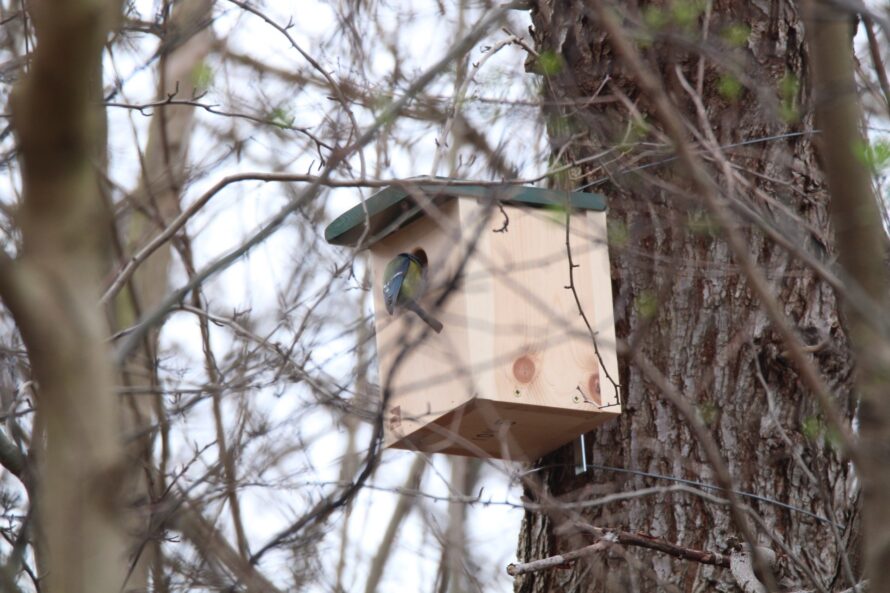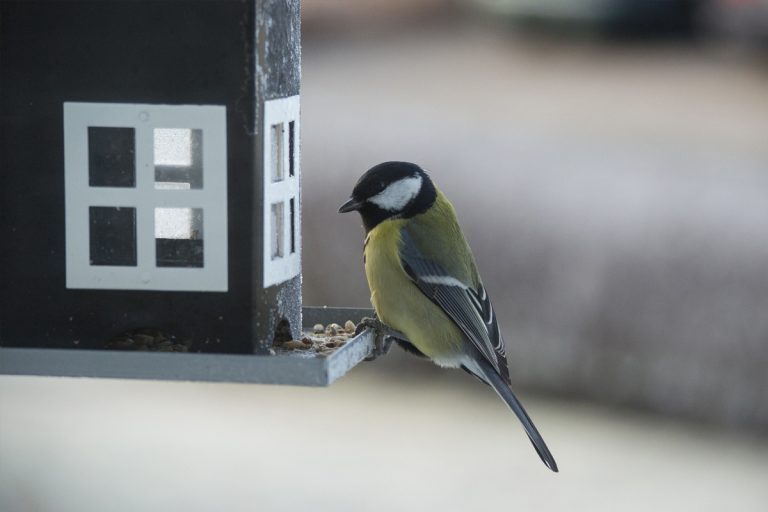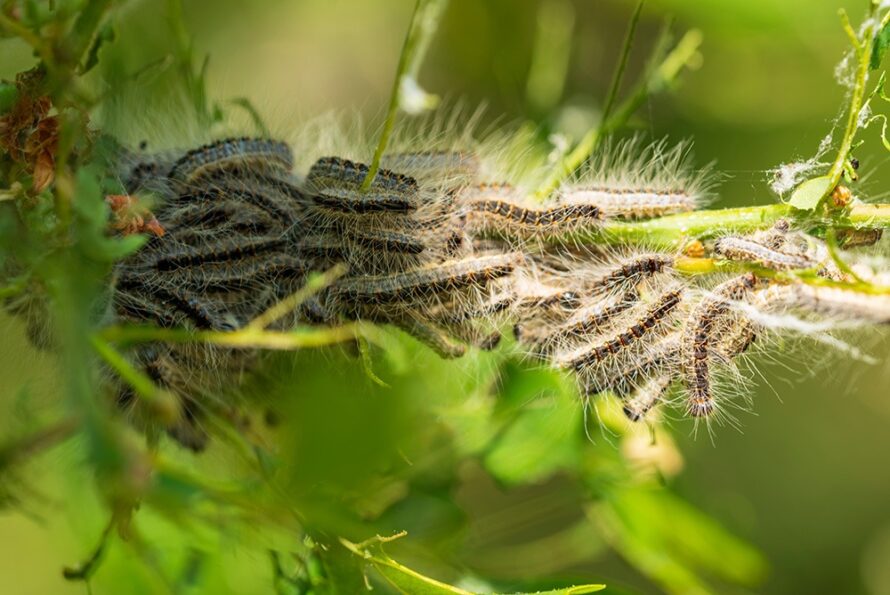Rudloe Wombles Recognised by Wiltshire Council and idverde for Community Impact
The Rudloe Wombles litter-picking group has been formally recognised by Wiltshire Council and idverde for their significant contribution to the Box Parish community.
Grounds Maintenance, Landscape Creation, Arboriculture, Sports Surfacing, Parks management, IOS Managing Safely Training, Ecology & Biodiversity, Grass cutting, Horticulture, Street Cleaning, Soft Landscaping, Hard Landscaping
idverde provides a wide range of green services, including grounds maintenance, landscape creation, and advice services, to both private and public sectors across the UK.
Nestbox week is a national campaign that encourages people to provide homes for birds and other wildlife in their gardens, balconies, or local green spaces. It is celebrated every year from February 14th to 21st, coinciding with the start of the bird breeding season. National nestbox week was launched in 1997 by the British Trust for Ornithology (BTO) and the Wildlife Trusts, with the aim of increasing the availability of suitable nesting sites for birds, especially those that are declining due to habitat loss and urbanisation. Since then, millions of nestboxes have been installed across the UK, helping to support the conservation of many bird species.
You can get involved in nestbox week by making or buying a nestbox and putting it up in a suitable location for your chosen bird species. You can also monitor the nest box and record any activity or breeding success for the BTO’s Nest Record Scheme or Garden BirdWatch. You can find more information and advice on how to choose, build, and position a nestbox on the websites of the BTO, the RSPB, and Nestbox Week.

Ross Bray, idverde/RSPB Community & Biodiversity Officer in the Midlands said ‘The wrong nesting box in the wrong location can alter the natural balance of species in the area. For example; Blue Tit’s outcompete other ‘Tit’ species and many other woodland and semi-urban garden birds. Having too much capacity in the way of nestboxes for one species can create an imbalance in the natural order. This is why, here in the Midlands, we are creating boxes for priority species such as House Sparrow, Starling and Swifts. It’s not about reducing other bird species, but providing the nesting/breeding habitat they need to compete in a changing environment.’
The RSPB also provides guidance on how to attract and care for different birds in your garden, such as starlings, swifts, sparrows, and robins. The RSPB also encourages people to fit a nestbox camera before the breeding season starts, so you can watch chicks as they grow and learn more about their behaviour.
Ross Bray, with various community groups in the Midlands have made a total of 900 boxes, these include; 400 for swifts, 200 for willow tits, 150 starling and 150 house sparrow boxes.
Ross said; ‘We have at least 400 bird boxes in place across sites in the Midlands. We have also gifted some to community groups and projects further afield in other idverde contracts, as well as supporting RSPB Hope Farm’s community swift project at Knapwell, Cambridgeshire, by donating 12 swift boxes for the village. We don’t yet have an exact figure of how many are in use, but we continue our monitoring.’
Ross continued; ‘We would like to set up a swift box giveaway in May to coincide with the return of swifts to the UK in 2024. We have several church towers to fit out with swift boxes, but we have ample more to dish out to communities for their own buildings in order to expand the number of sites these boxes cover.’

A collaboration with HMP Humber (Ministry of Justice) has been a great success and has enabled Ross to achieve the stockpile of bird and bat boxes. This is a reciprocal partnership where idverde/RSPB receive priority habitat boxes at very small cost (£2 each approx.), timber that was destined for landfill is now being converted into conservation projects and HMP Humber is using our partnership to showcase their work with prisoners to gain and retain Ofsted accreditation, enabling Prisoners to leave the Category C Prison with skills that will enable them to find work and focus on remaining out of the cycle of incarceration.
This year idverde hopes it may be possible that the partnership with HMP Humber (MoJ) is extended across the entire idverde/RPSB network of advisers, so we can utilise the boxes for conservation projects and community engagement.
Tom Bellamy, idverde/RSPB Biodiversity Manager of Queen Elizabeth Olympic Park, London, said; ‘For National Nestbox Week 2023 I worked with the team at QEOP to put up 9 new boxes, a variety of Tit boxes and open fronted boxes, which are preferred by species such as Robins and Wrens. The 9 boxes add to the 525 already on the park, which is in fact a World Record (most nestboxes in an Olympic Park). 6 of the 9 we put up were prospected very soon after installation, and I believe 5 of them were bred in. The occupancy rate of the other nestboxes on the park is low as they were installed prior to knowing where the birds favoured, and boxes for species such as Swifts were placed under bridges and areas where they are unlikely to go. I have recently undergone ladder safety training so I can move the boxes to more favourable locations.’
Tom continued; ‘Species breeding in the boxes include Great Tit, Blue Tit, Wren and Great Spotted Woodpecker. The boxes are a good idea at QEOP as it is a fairly immature park (12 years old this year) so the trees and scrub haven’t had long to mature and create viable nesting areas for birds. The boxes help provide these spaces in the meantime.’
At Queen Elizabeth Olympic Park, Tom has just started a pilot project for the biological control of Oak Processionary Moth. This invasive species has infested 10 trees across the park, and every year the Forestry Commission are brought in to either hand pick or spray off the caterpillars, often at great cost. The spraying also affects other organisms living in the tree. This year boxes have been put up in each infected tree to try and encourage Great Tit to take up residence. These birds need thousands of caterpillars to raise a brood so having the OPM caterpillars there will be a ready food supply. It is hoped this technique can be rolled out to other areas if it proves to be successful.
